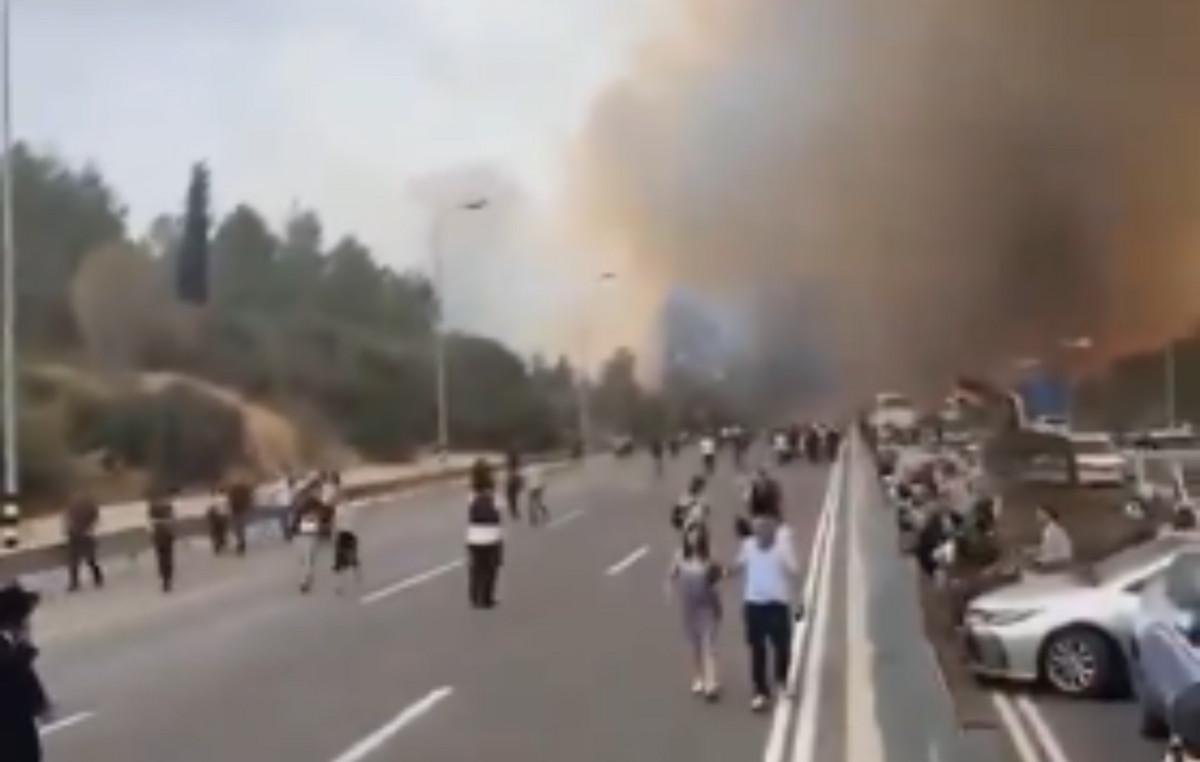A year after flooding in Rio Grande do Sul, the state still works to rebuild the damage caused by the waters. Last Thursday (24), the State Civil Defense reported that it rose to 184 the death toll. Still according to the defense, 25 people are missing.
According to the state government, 298 hospitals in 87 municipalities had their facilities affected by the floods. With the exception of the Canoas Emergency Room Hospital that operates partially, everyone else returned to operation.
In 218 units there was loss of equipment, while in 244 hospitals the government reported loss furniture. Also according to the State Department of Health, 48 vehicles, being 26 ambulances, were lost in the water of the floods.
The damage to the climate crisis that hit the gaucho state also extended to students. More than 400,000 state school students were impacted. About 600 schools were damaged and of this total, eight have not yet returned to the spaces of origin.
A report by the Inter -American Development Bank (IDB), the Economic Commission for Latin America and the Caribbean (ECLAC) and the World Bank group estimated at R $ 88.9 billion the impact of floods on the economy of Rio Grande do Sul in 2024.
More than R $ 6 billion
From the early days after the floods, the Rio Grande do Sul government implemented the Rio Grande Plan (PRG), a program aimed at both emergency support to the affected families and the reconstruction of the damaged state infrastructure.
A balance of PRG actions, released by the state government on Thursday (24), estimates that about R $ 6.9 billion have been invested on different fronts. Among the actions is the transfer of values via Pix received through the campaign “SOS Rio Grande do Sul”.
According to the State Civil House, there were about R $ 112.1 million distributed to 36,876 families, 1,500 small farmers and also individual microentrepreneurs (MEIs) and institutions that helped the victims were contemplated by the transfers.
A program for assisting families was also created or dislocated by floods. The “back over” allocated R $ 251 million to 100,448 families registered in the Cadastro Único (Cadúnico) and residents of affected areas.
Still focused on people who lost their homes, the government passed R $ 37 million to subsidize social rents and solidarity stays. With this initiative, 15,466 homeless or displaced families were contemplated.
In the cultural scenario, Banrisul donated to the government, through the program “Reconstruct RS”, R $ 15 million for the restoration of works, infrastructure recovery and purchase of new furniture for the state’s cultural devices.
The government of Rio Grande do Sul also launched the “Parte Futuro Reconstruction”, an investment of R $ 53 million, which offered 1,500 vacancies to young people between 14 and 22 years. The program aims to offer vocational training and access to the labor market with auxilia, food stamps and transportation vouchers.
Taquari Valley
One of the regions most affected by the floods of 2024, the Taquari Valley has already received R $ 4.8 million for restructuring the municipal health network. Of this total, R $ 1.15 million was destined for the municipality of Estrela.
The hospitals of Estrela, Bruno Born (Lajeado-RS) and São José (Arroio do Meio-RS) also received transfers for repair of structure, equipment and inputs.
Flood system
After the full 2024, Rio Grande do Sul works in the development of a flood protection system. In all, there are projects for six basins: from Jacuí (Eldorado do Sul-RS); Gravataí, Taquari-Antas, Caí, Bell and Arroio Feijó (Porto Alegre and Alvorada).
The system consists of structural measures, with containment or diversion of water such as dikes, drainage channels, pump houses, reserve and floodgates. And also non -structural measures, with risk planning and management actions such as alerting systems, risk mapping, ground use rules and evacuation protocols.
“It is a work that is not only from the state, also involves the Union and the municipalities. Each has its responsibilities. We always emphasize, from the beginning of the flood, that the protection systems against the floods are complex and will demand time. The state is doing its part,” said Governor Eduardo Leite.
According to the state government, the systems in the most advanced phases are that of Jacuí, Arroio Feijós, Metropolitan Region of Porto Alegre and São Leopoldo, which undergo the draft of the drafts. Sinos and Gravataí are in the environmental impact study phase and the State Environmental Protection Foundation (FEPAM) analyzes environmental impact reports.
In the case of the Caí River system, the term of reference is in elaboration. Taquari-Antas, the term was finalized and presented all the needs of products that must be executed.
In addition to the state government, members of the Ministry of Cities, the Civil House, Caixa Econômica Federal and other participants of the federal government participate in the negotiations for the execution of the projects.
With the draft ready, the next step is the executive project of the system. Following, the works must begin. The elaboration and execution of the projects is accompanied by the Rio Grande Plan Scientific Committee, formed by specialists and researchers.
This content was originally published in destruction and 184 deaths: floods in Rio Grande do Sul complete one year on the CNN Brazil website.
Source: CNN Brasil
I’m James Harper, a highly experienced and accomplished news writer for World Stock Market. I have been writing in the Politics section of the website for over five years, providing readers with up-to-date and insightful information about current events in politics. My work is widely read and respected by many industry professionals as well as laymen.







